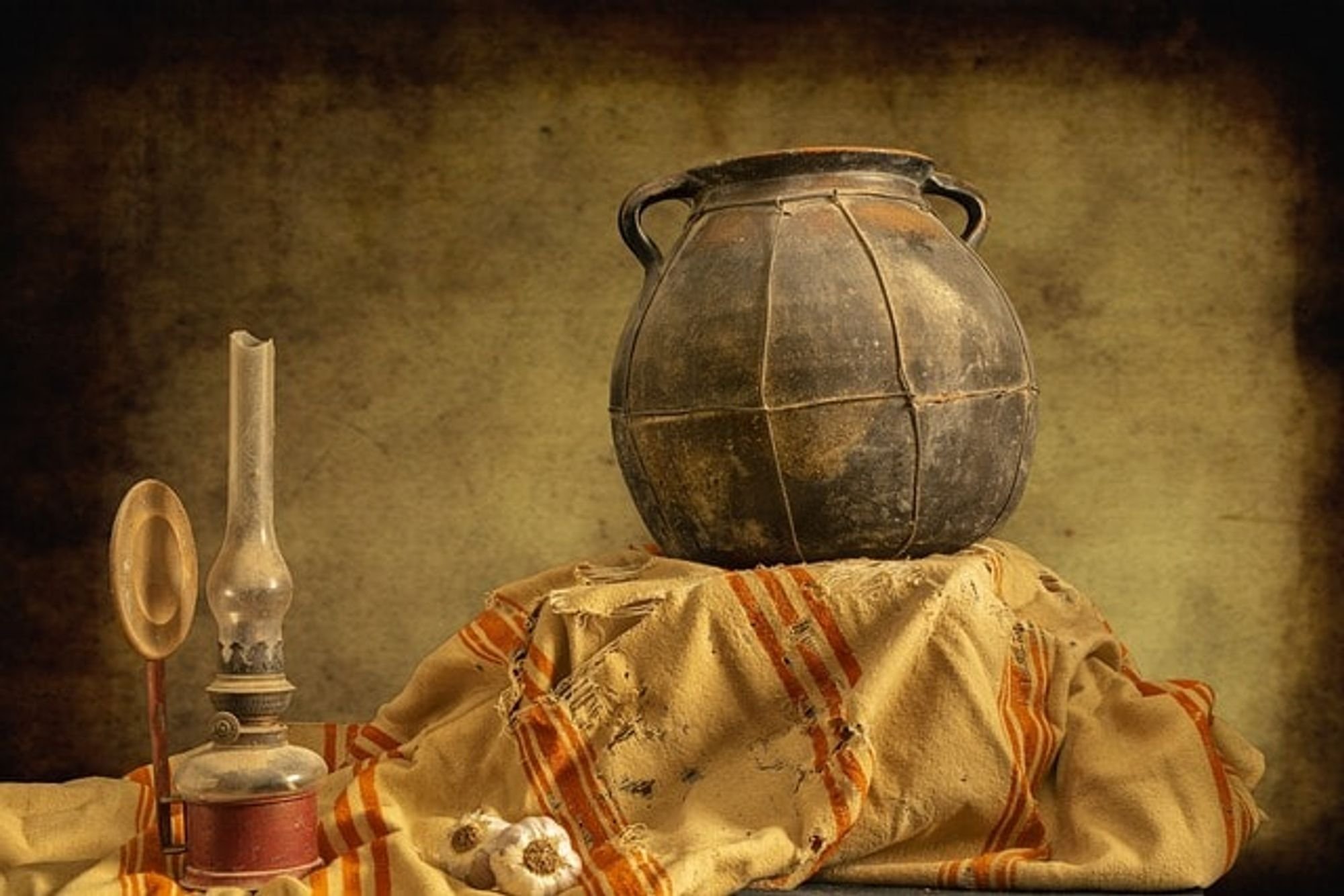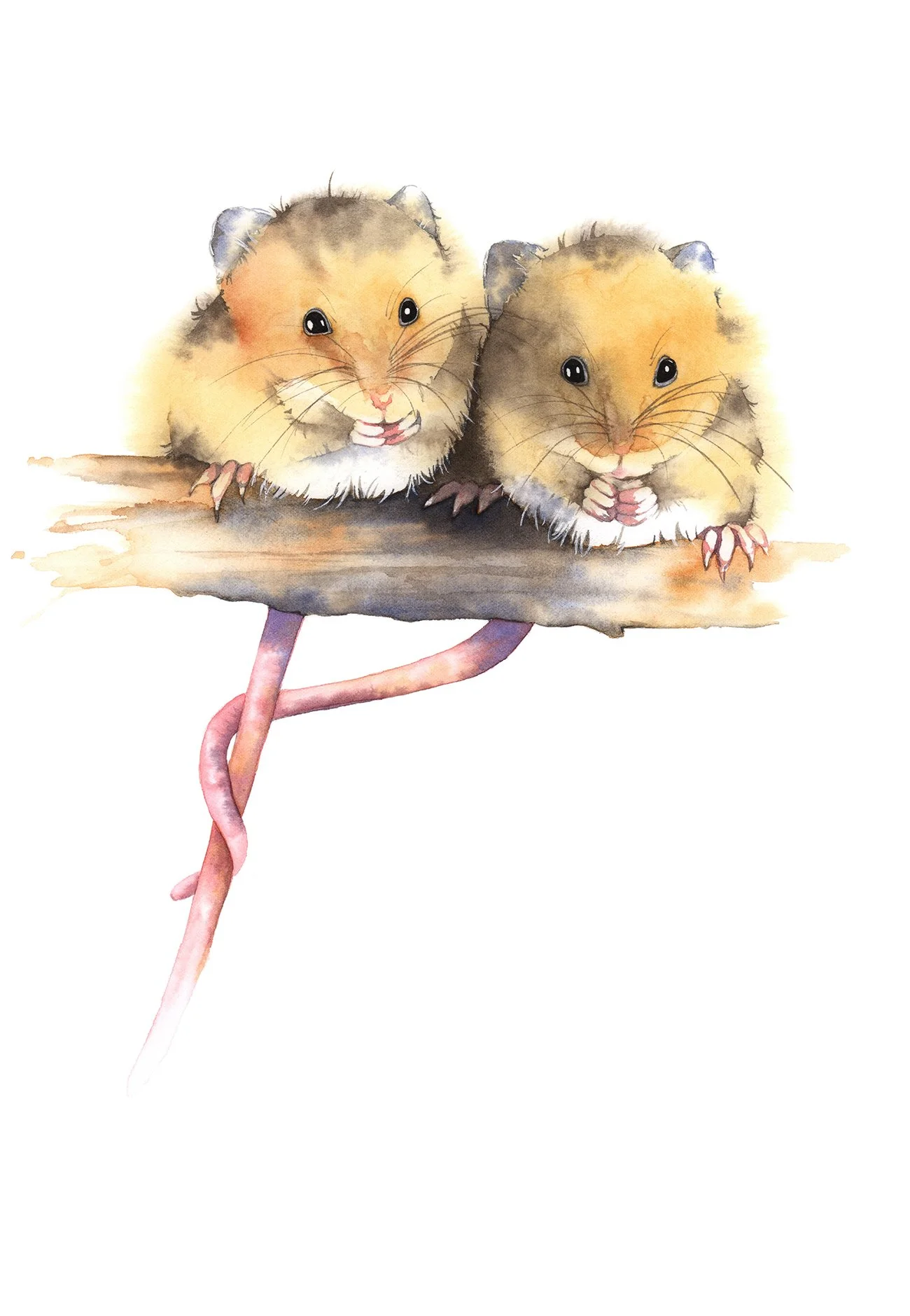The Importance of Colour Contrast in Art:
How to Create Visual Interest and Engagement
In our journey through colour theory, we have explored the colour wheel, the relationships between primary, secondary, and tertiary colours, and the emotional impact that different colours can have. Understanding these fundamentals provides a solid foundation for any artist.
Now, we turn our attention to colour contrast, a powerful tool in creating depth, focus, and dynamic compositions in your artwork. By mastering value contrast, hue contrast, and saturation contrast, along with other nuances, you can elevate your paintings to new levels of visual interest and engagement.
'Waterlilies Pond, Green Reflection' - Monet. This painting features hue contrast with the various shades of green in the foliage and water set against the pinks and purples of the lilies, along with value contrast in the reflections and light variations on the water.
Hue, Saturation, Value: Key Elements of Colour Contrast
Hue Contrast
Hue contrast involves the difference between colours on the colour wheel. This type of contrast is most effective when using complementary colours, which are opposite each other on the wheel, such as red and green or blue and orange. Complementary colours placed side by side enhance each other's intensity, creating a vibrant and dynamic effect. The direct opposite to hue contrast is a monochromatic painting: Monochrome colours are all the varieties of a same hue - the tints, shades, and tones.
Vincent van Gogh - ‘Wheatfield with Crows’. Van Gogh skillfully contrasts the vibrant yellow wheat against the deep blue sky, creating a striking visual tension. The black crows add an additional layer of contrast, their dark silhouettes standing out sharply against both the wheat and the sky, drawing the viewer’s eye and adding a sense of movement and drama to the scene.
Artists like Vincent van Gogh have famously used hue contrast to add energy and emotion to their works. For example, in his “Wheat Field with Crows,” van Gogh uses the contrast between the blue sky and the yellow wheat field to create a vivid and dramatic scene.
Practical Tips to practice hue contrast
Colour Wheel Exercises: Regularly refer to the colour wheel and practice mixing complementary colours to see how they interact.
Temperature Experimentation: Try using warm colours for highlights and cool colours for shadows to create more dynamic and realistic effects.
Limited Palette: Start with a limited colour palette to better understand how different hues work together.
Saturation Contrast
Saturation refers to the depth and concentration of the colour tone. Saturation contrast deals with the intensity or purity of colours. You can achieve a lighter colour (diluted/desaturated) by adding white, black, grey, or its complementary colour. This contrast is about the vividness of one colour compared to another. Juxtaposing a highly saturated colour with a desaturated one can create a focal point and add depth to the artwork.
When I work with watercolour, I vary the amount of pigment to control saturation. To create a pale colour, I add more water to the paint mixture. For a deeper tone, I use more pigment and less water.
Colour saturation can be seen in the works of artists like Joseph Mallord William Turner, who often used muted colours alongside more intense hues to highlight particular areas of his landscapes.
Joseph Mallord William Turner - 'Cologne, the Arrival of a Packet Boat in the Evening'. Turner masterfully contrasts the soft, hazy tones of the sky and water with the vivid colours of the boat and its passengers, drawing the viewer's eye to the central action of the scene.
Practical Tips to lean more about saturated colours
Desaturation Techniques: Experiment with desaturating colours by mixing in gray or their complementary colours to see how it changes their appearance. Less saturation diverts the eye and puts the focus back where it belongs.
Saturation Maps: Create a saturation map before painting, planning where you want the most vibrant and the most muted areas. Put pigment with the same saturation close to each other, to attract the eye.
Balancing Saturation: Balance high saturation and low saturation to avoid overwhelming the viewer and to maintain colour harmony.
In "The Fighting Temeraire" by J.M.W. Turner (pictured below), desaturation techniques are used through a range of muted tones in the background, making the vibrant sunset and the ship stand out more. The brightest colours are concentrated in the sunset and the ship, drawing attention to these focal points. The muted blues and greys of the sea and sky balance the bright warm hues of the sunset, creating a harmonious composition.
J.M.W. Turner - ‘The Fighting Temeraire’. Turner expertly contrasts the glowing, warm hues of the sunset with the cool, muted tones of the sea and sky. This dramatic use of colour contrast highlights the majestic ship, emphasising its historical significance and the poignant farewell as it is towed by a modern steam-powered tug, drawing the viewer’s eye to the central narrative of transition and change.
Value Contrast
Value contrast refers to the difference in lightness and darkness between colours. It is one of the most critical aspects of colour contrast because our eyes are highly sensitive to variations in value. High value contrast can create a striking effect, drawing attention to particular areas of an artwork.
For instance, a dark object against a light background will stand out prominently, making it the focal point of the composition. This principle is often used in chiaroscuro, a technique that employs strong contrasts between light and dark to give the illusion of volume in modelling three-dimensional objects and figures.
'Mona Lisa' - Leonardo da Vinci. The subtle gradations of light and dark in the Mona Lisa's face and background demonstrate value contrast, enhancing the three-dimensionality and focus on her enigmatic expression.
"Girl With a Pearl Earring' by Johannes Vermeer. The use of light and shadow in this painting highlights the girl's face and the pearl earring against a dark background, making them the focal points of the composition.
Practical Tips to increase your understanding of value contrast
Grayscale Practice: Start by painting in grayscale to understand how light and dark values interact without the distraction of colour.
Value Sketching: Before committing to a painting, create value sketches to plan out where your light and dark areas will be.
Layering Techniques: Use layering to build up value. For example, start with mid-tones, then add darker shades for shadows and lighter ones for highlights.
Practical Exercises for Beginners
Now it's your turn! To get hands-on experience with colour contrast, here are a few exercises:
Complementary Colour Study: Create a series of small paintings using only complementary colours. Notice how they enhance each other when placed side by side. Try using different colour schemes.
Value Scale Creation: Make a value scale with a single colour using your chosen medium. This will help you understand the range of values you can achieve when you paint.
Saturation Chart: Create a chart where you mix a highly saturated colour with its complementary colour in gradual steps to see the range of saturation.
Still Life Painting: Set up a still life with objects of different colours and values. Practice applying value, hue, and saturation contrasts to make each object stand out or blend into the background.
This still life image captures the timeless beauty of vintage objects. An old ceramic pot with metal bands is the central focus, complemented by a vintage oil lamp with a clear chimney and a wooden spoon. These items rest on a worn, beige cloth with orange stripes, adding texture and warmth. The textured, warm-toned background enhances the nostalgic and rustic atmosphere of the composition.
Our exploration of colour theory has taken us through the intricacies of the colour wheel, the relationships between colours, and now the vital role of colour contrast. By understanding and applying the principles of value, hue, and saturation contrasts, as well as other types of contrast, you can create more dynamic, engaging, and visually striking artworks. Remember, experimentation and continuous learning are key to mastering these concepts. Keep practicing, and let the vibrant world of colour enhance your artistic journey.
Happy painting!
If you are interested in learning to paint in watercolour, I have over 200 online, voiced over watercolour tutorials for all skill levels.














